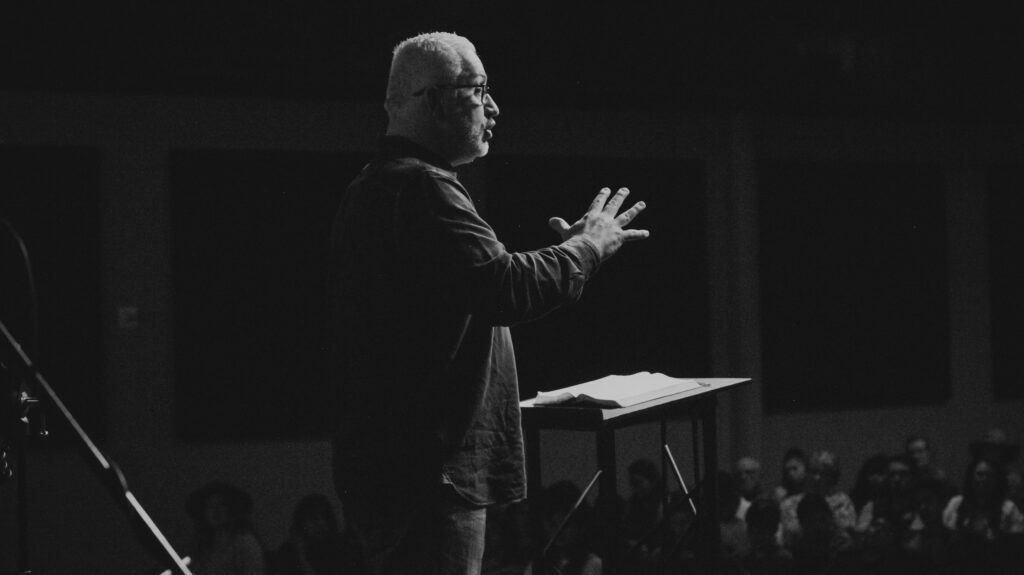What Is The Difference Between Live and On-Demand CLE?

There are two main ways to deliver CLE programs: live and on-demand. Each type of program has its pros and cons depending on your goals. In this post, we’ll cover each so you can decide the best way to deliver your next course.
Live CLE
Live CLE is the most popular and common way to provide CLE. It is simply CLE programming delivered in real time.
There are two ways to present live CLE: in person or via web conference. Whether in person or on the web, live CLE offers several benefits. Most importantly, live CLE offers real-time interaction with your audience. The CLE presenter can ask the audience questions and the audience can answer or ask questions of their own.
In Person Live CLE
The major downside of live CLE is that attendees must be present at the exact time of the presentation. This can be difficult given the demands on attorneys’ schedules. If an attorney can’t make the live event, they’ll miss out on the content. This is why we always recommend recording your CLE programs.
In-person live CLE can take place at a variety of events. These include association meetups, law firm sponsored events, or conferences. These are all great forums to present live CLE. Each of these events likely has a built in audience that likely attends CLE events on a regular basis.
To attend live CLE in person, the attendee must obviously be at the location in person. This has the advantage of getting people together in a single location. In-person events often encourage good group discussions. You can also combine live events with networking events before or after the program.
The disadvantage of in-person CLE is that people who can’t be there in person won’t be able to attend the program. This can be an issue when CLE courses are relevant to larger audiences. Those potential attendees may not be centrally located in a single city or state.
In-person CLE is also challenging in cities that are spread out. Attendees may have to travel an hour or more depending on the location. One way to avoid this issue is to stream in-person courses over web conferencing and/or record for on-demand viewing, which we discuss below.
Web Conference Live CLE
Providers can also present Live CLE over a web conference. Conferencing platforms like Zoom are a great choice. The obvious advantage is that attendees don’t have to be in-person. They can watch the course from anywhere. Most web conferencing software allows live attendees to ask questions, providing real time Q&A.
The major disadvantage of web conferencing is that it lacks the physical connection of getting a group together. The event won’t have the same networking oppertunities as an in-person event.
On-Demand CLE
On-demand CLE is a program that is pre-recorded for attendees to watch at their convenience. Attendees can access on-demand CLE programs from their computer, phone, or tablet. They can also stop and start the program video as needed. The experience is like watching a video on YouTube.
On-demand CLE has the advantage of allowing attendees to watch the presentation on their own time. On demand content also provides an element of scalability to the provider. The course can reach a much larger audience. Attendees who could not attend due to location or scheduling can still watch the CLE course.
The main downside of on-demand CLE is that it lacks the interactivity of live programs. Attendees can’t ask questions in real-time. In addition, on-demand courses do not have the benefit of networking activities.
Omni-Channel CLE
At CLE Hero, our recommendation is to provide omni-channel CLE. This means offering the program through as many delivery channels as possible. For example, you could offer a program to a live audience, stream the program as a web conference, and record the program for those that need to watch on-demand.
This allows each attendee to choose the channel that works best for them. This omni-channel approach provides the most convenience for attendees. And, as a result, it gets your program to the widest audience possible.
